Starting your fitness journey can be exciting, but it’s easy to feel overwhelmed, especially if you’re new to the gym. The good news is that with the right approach, you can make your workouts more enjoyable, effective, and sustainable. In this blog, we’ll share some essential gym hacks for beginners that will set you up for success, helping you reach your fitness goals while avoiding common pitfalls. Follow these tips, and you’ll be well on your way to mastering the gym and achieving your desired results!
1. Set Realistic Fitness Goals

One of the first and most important gym hacks for beginners is setting realistic goals. If you’re just starting, it’s tempting to aim for rapid, dramatic changes, but setting overly ambitious expectations can lead to frustration and burnout. Instead, focus on achievable milestones such as improving endurance, increasing strength, or mastering certain exercises. Whether your goal is to lose weight, build muscle, or improve flexibility, break it down into smaller, actionable steps. Setting realistic goals will keep you motivated and help you stay on track. For example:
- Weight Loss Goal: “Lose 10 pounds in 3 months.”
- Strength Goal: “Bench press 100 pounds by the end of the year.”
- Endurance Goal: “Run a 5k in under 30 minutes.”
2. Beginners- Start Slow, Build Consistency

When you’re just starting out, it’s tempting to jump into high-intensity workouts, but pacing yourself is one of the smartest gym hacks for beginners. Start slow to build consistency and avoid the risk of injury. Begin with basic exercises and gradually increase the intensity as your body adapts. Remember, consistency is key. It’s better to work out a few times a week consistently than to go all out and burn out after a few days. Starting slow and building up gradually will help you stay on track and make steady progress.
3. Don't Skip Warm-ups and Cool-downs

Warming up before your workout and cooling down afterward are crucial steps in preventing injury and improving performance. A good warm-up prepares your muscles for exercise by increasing blood flow and loosening joints. Dynamic stretches (such as leg swings, hip circles, and arm rotations) are ideal for warming up.
Cooling down, on the other hand, helps lower your heart rate and prevents muscle stiffness. Incorporating static stretches (holding a stretch for 20-30 seconds) at the end of your workout will help improve flexibility and aid in muscle recovery.
4. Find a Workout Buddy or Community

Having a workout buddy or joining a fitness community can make a huge difference when you’re starting out at the gym. A workout buddy provides accountability, making it harder to skip sessions, while also offering extra motivation to push through tough workouts. It turns exercise into a more enjoyable, social activity, where you can chat, challenge each other, and celebrate milestones together. Plus, a buddy can help you learn new exercises, improve your form, and push you beyond your limits.
Joining a fitness community, whether through group classes or online groups, can also provide support and encouragement to keep you on track. These communities offer motivation and a sense of belonging, making it easier to stay consistent and reach your goals. If you feel anxious about working out alone, a workout buddy can help you feel more comfortable and confident in the gym. With the right support system, your fitness journey can be both fun and effective.
Gym Hack: If you don’t have a workout partner, consider joining fitness classes or a gym community. Many gyms offer group workouts or training programs that can help you stay motivated and meet like-minded people.
5. Prioritize Compound Movements
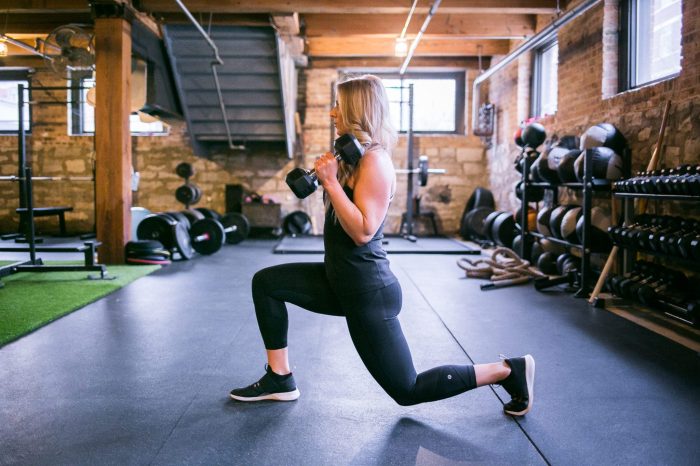
Compound movements are exercises that work multiple muscle groups at once. These exercises are efficient and effective, especially for beginners who want to maximize their time at the gym. These workouts are great for beginners because they allow for more recovery time between sessions, which is important as your body adapts to the new routine. Some of the most common compound movements include:
- Squats: Target the legs, glutes, and core.
- Deadlifts: Work the legs, back, glutes, and core.
- Bench Press: Work the chest, triceps, and shoulders.
- Pull-ups/Rows: Target the back, shoulders, and arms.
As you progress, you can split your workouts into specific muscle groups (e.g., upper body on one day and lower body on another), but prioritize compound movements are a great starting point for overall fitness. Incorporating compound exercises into your routine will help you build muscle and strength faster than isolation exercises (which focus on one muscle group at a time).
6. Stay Hydrated

It’s easy to forget about hydration when you’re focused on your workout, but staying hydrated is essential for both performance and recovery. Dehydration can lead to fatigue, muscle cramps, and reduced strength. Aim to drink water before, during, and after your workout to stay energized and maintain optimal performance.
The general recommendation is to drink about 8 oz of water every 15-20 minutes during your workout. If you’re exercising for longer than an hour, consider a sports drink with electrolytes to replenish lost minerals.
7. Fuel Your Body Right
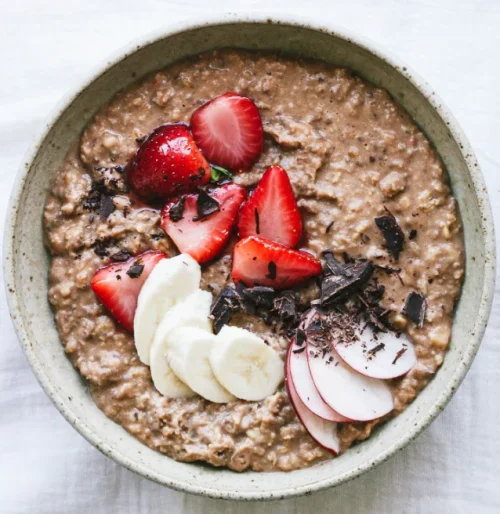
What you eat before and after your workout can significantly impact your performance and recovery. Prioritize balanced meals that include carbohydrates, protein, and healthy fats. Carbs fuel your workout, protein aids in muscle repair, and fats support overall health.
A simple pre-workout meal might include:
- Oats with a scoop of protein powder
- Whole-grain toast with peanut butter and banana
- A smoothie with spinach, protein powder, and berries
Post-workout, focus on replenishing your muscles with protein and carbs to aid in recovery. A good example could be a chicken salad with quinoa or a protein shake with fruit.
8. Mix Up Your Routine
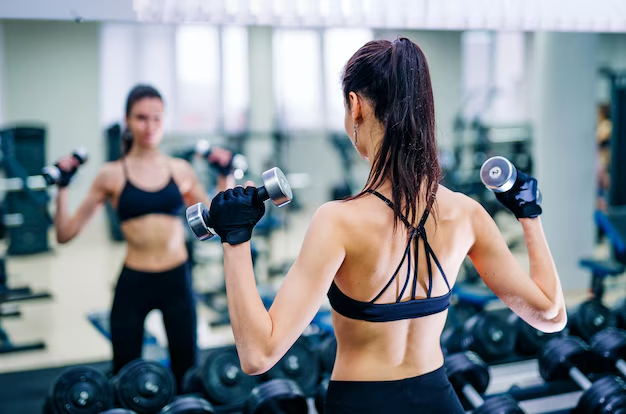
Variety is key to keeping your workouts interesting and preventing plateaus. If you do the same exercises repeatedly, your body will adapt, and progress will slow down. Try switching up your routine every 4-6 weeks by:
- Adding new exercises to target different muscle groups.
- Changing the intensity (more weight, more reps, or different rest periods).
- Trying different workout styles, like HIIT (high-intensity interval training), yoga, or swimming.
By mixing things up, you’ll keep your workouts challenging and exciting while also avoiding mental and physical stagnation.
9. Pro Gym Hacks: Track Your Progress
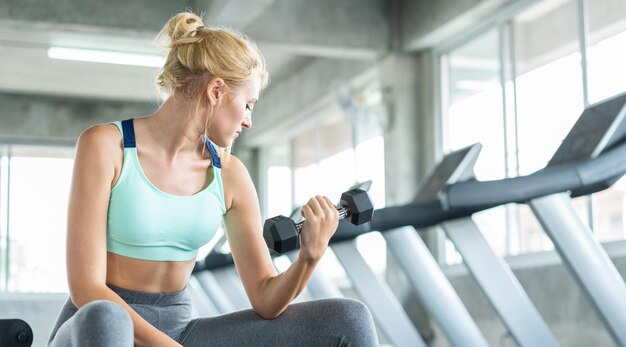
Tracking your progress is an essential gym hack for beginners. It’s easy to get discouraged if you don’t see immediate results, but keeping track of your improvements can help you stay motivated. Whether it’s recording the weights you lift, the number of reps you complete, or changes in your body measurements, tracking your progress allows you to see how far you’ve come. Regularly reviewing your achievements will keep you on track, help you set new goals, and inspire you to push harder.
Get Enough Rest and Recovery
Rest and recovery are just as important as your workouts. When you exercise, you’re creating tiny tears in your muscles, which need time to heal and grow. Overtraining without sufficient rest can lead to fatigue, injury, and burnout.
Make sure to schedule rest days into your routine. Depending on the intensity of your workouts, you may need one or two rest days per week. On rest days, focus on activities like walking, stretching, or yoga to promote recovery without overloading your body.
Don’t Be Afraid to Ask for Help
If you’re unsure about something—whether it’s an exercise, equipment, or even a diet plan—don’t hesitate to ask for help. Gym staff, personal trainers, and even fellow gym-goers can offer guidance and tips. Most people are more than willing to help, and seeking advice can prevent you from making mistakes or developing poor habits.
Conclusion
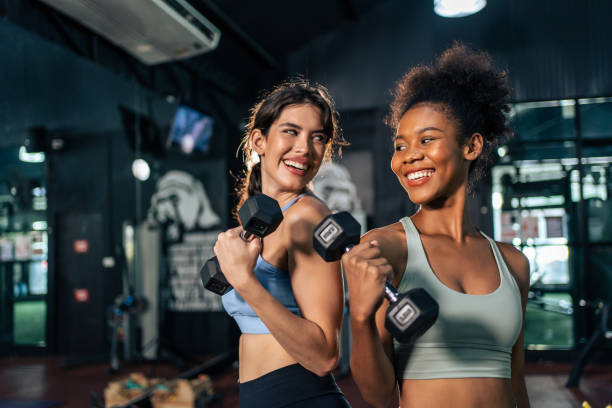
In conclusion, getting started at the gym doesn’t have to be overwhelming. By following these gym hacks for beginners, you’ll be able to build a solid foundation for your fitness journey. Remember to set realistic goals, stay consistent, fuel your body right, and enjoy the process. Fitness is a long-term commitment, and with the right approach, you’ll be on your way to achieving your health and wellness goals in no time. Happy training!
